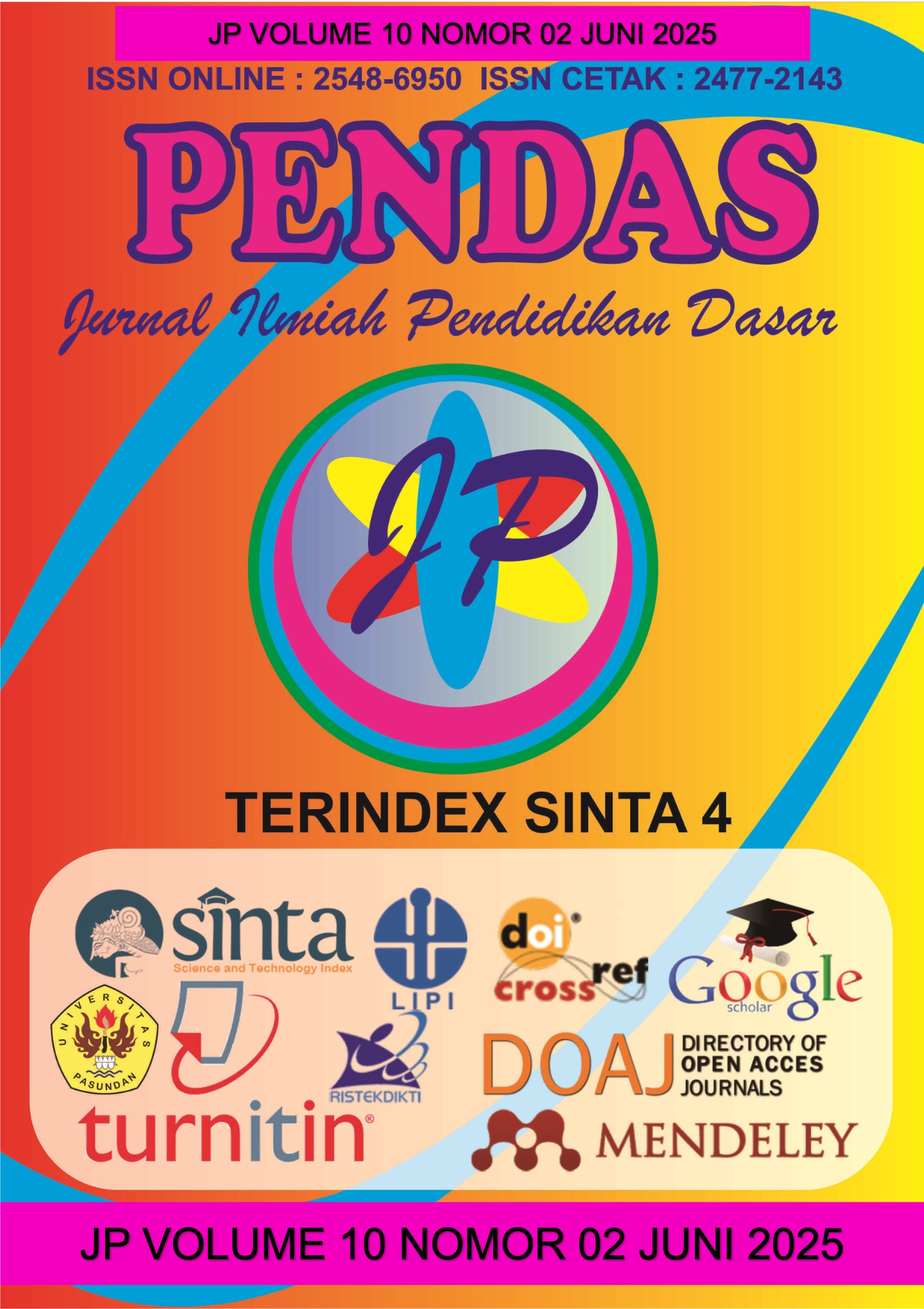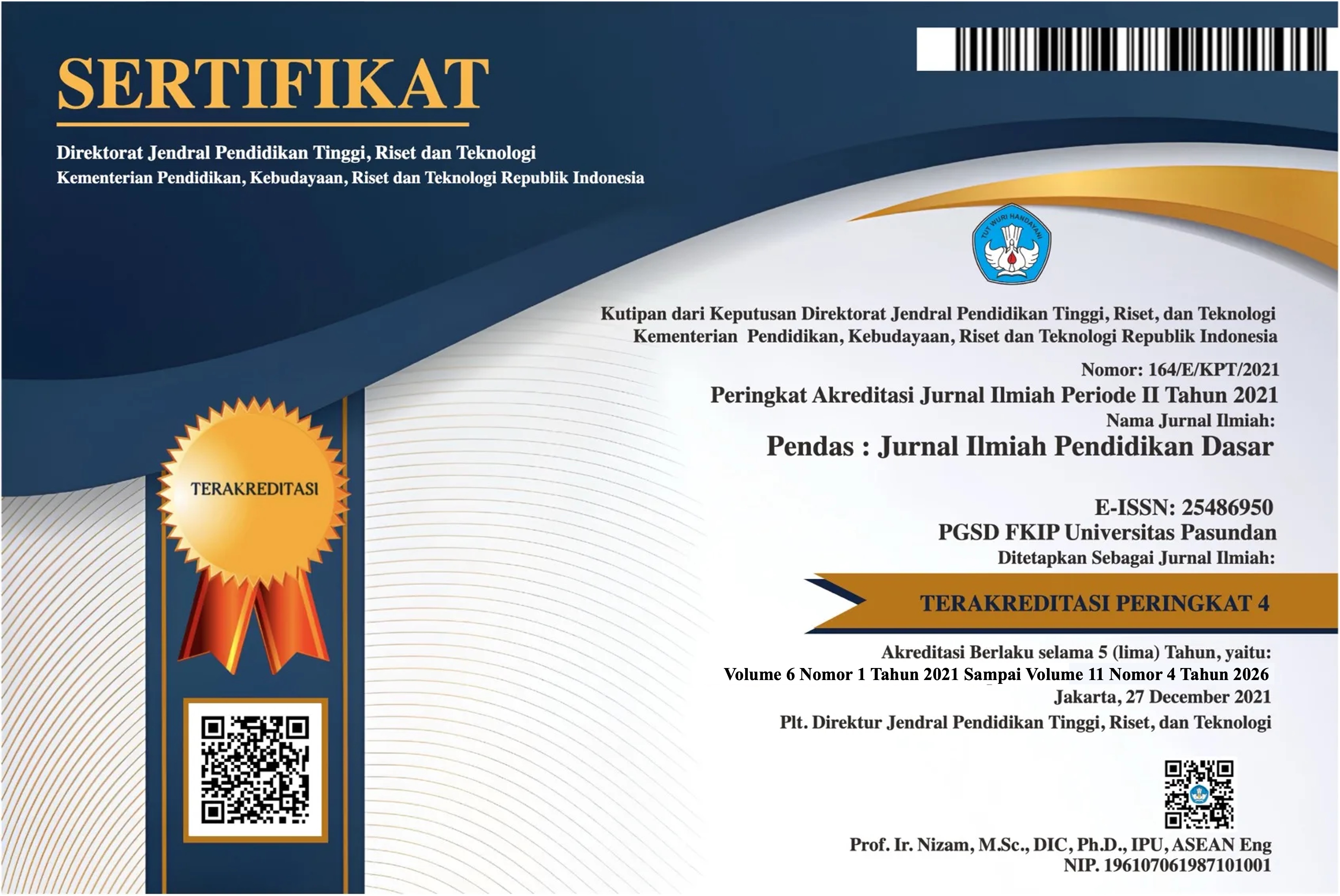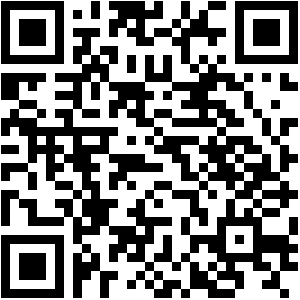PERENCANAAN STRATEJIKPENDIDIKAN UNTUK MENINGKATKAN KETERAMPILAN HIDUP SISWA BERKEBUTUHAN KHUSUS TIPE B DI SLB NEGERI PURWAKARTA
DOI:
https://doi.org/10.23969/jp.v10i02`.25904Keywords:
Strategic Planning, Life Skills Education, Special Needs Students, POAC, Inclusive EducationAbstract
This study aims to explore the implementation of strategic educational planning in improving life skills for students with hearing impairments (Type B) at SLB Negeri Purwakarta. Using a qualitative case study approach, data were collected through interviews, observations, and document analysis. The findings indicate that the school has formulated its strategic planning based on the POAC (Planning, Organizing, Actuating, Controlling) management model. The school identifies students' needs and develops life skills programs including self-care, cooking, and handicrafts, supported by visual and experiential learning methods. Although implementation and informal evaluations have shown positive impact on students’ independence and confidence, the documentation and formal assessment systems require further development. This strategic planning model has the potential to be a reference for inclusive schools in developing adaptive, functional, and sustainable life skills education for students with special needs.
Keywords: Strategic Planning, Life Skills Education, Special Needs Students, POAC, Inclusive Education
Downloads
References
Bryson, J. M. (2018). Strategic Planning for Public and Nonprofit Organizations (5th ed.). Jossey-Bass.
Budiman, A., & Barlian, E. (2020). Manajemen Strategik dalam Pendidikan. Bandung: Alfabeta.
Creswell, J. W., & Poth, C. N. (2018). Qualitative Inquiry and Research Design: Choosing Among Five Approaches (4th ed.). Sage Publications.
Epstein, J. L. (2011). School, Family, and Community Partnerships: Preparing Educators and Improving Schools (2nd ed.). Routledge.
Hallahan, D. P., Kauffman, J. M., & Pullen, P. C. (2019). Exceptional Learners: An Introduction to Special Education (14th ed.). Pearson.
Kolb, D. A. (1984). Experiential Learning: Experience as the Source of Learning and Development. Prentice-Hall.
Lincoln, Y. S., & Guba, E. G. (1985). Naturalistic Inquiry. Sage Publications.
Mastropieri, M. A., & Scruggs, T. E. (2018). The Inclusive Classroom: Strategies for Effective Differentiated Instruction. Pearson Education.
Miles, M. B., Huberman, A. M., & Saldaña, J. (2014). Qualitative Data Analysis: A Methods Sourcebook (3rd ed.). Sage Publications.
Patton, M. Q. (2015). Qualitative Research and Evaluation Methods (4th ed.). Sage Publications.
Polloway, E. A., Patton, J. R., & Serna, L. A. (2019). Strategies for Teaching Learners with Special Needs (11th ed.). Pearson.
Scriven, M. (1991). Evaluation Thesaurus (4th ed.). Sage Publications.
Stiggins, R. J. (2005). Student-Involved Assessment FOR Learning (4th ed.). Pearson.
Tomlinson, C. A. (2014). The Differentiated Classroom: Responding to the Needs of All Learners (2nd ed.). ASCD.
UNESCO. (2015). Education 2030: Incheon Declaration and Framework for Action. Paris: UNESCO Publishing.
WHO. (1999). Partners in Life Skills Education: Conclusions from a United Nations Inter-Agency Meeting. Geneva: World Health Organization.
Yin, R. K. (2018). Case Study Research and Applications: Design and Methods (6th ed.). Sage Publications.
Zigmond, N., Kloo, A., & Volonino, V. (2009). What, Where, and How? Special Education in the Climate of Full Inclusion. Exceptionality, 17(4), 189–204. https://doi.org/10.1080/09362830903231986
Downloads
Published
Issue
Section
License
Copyright (c) 2025 Pendas : Jurnal Ilmiah Pendidikan Dasar

This work is licensed under a Creative Commons Attribution 4.0 International License.



















